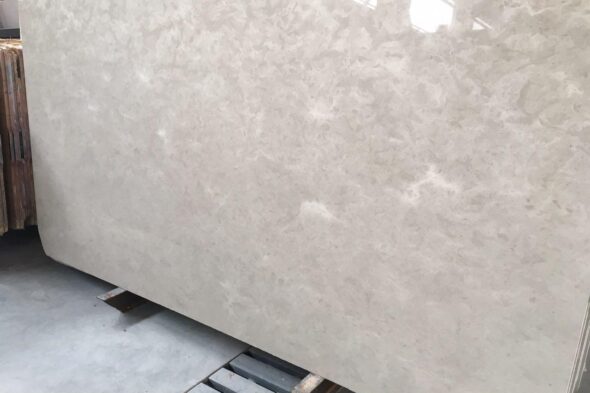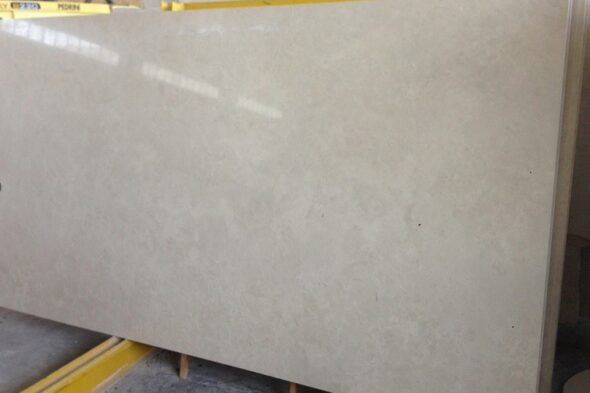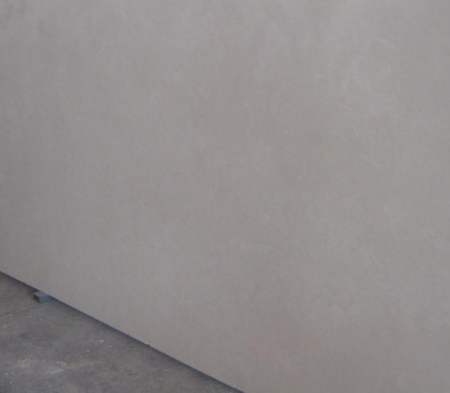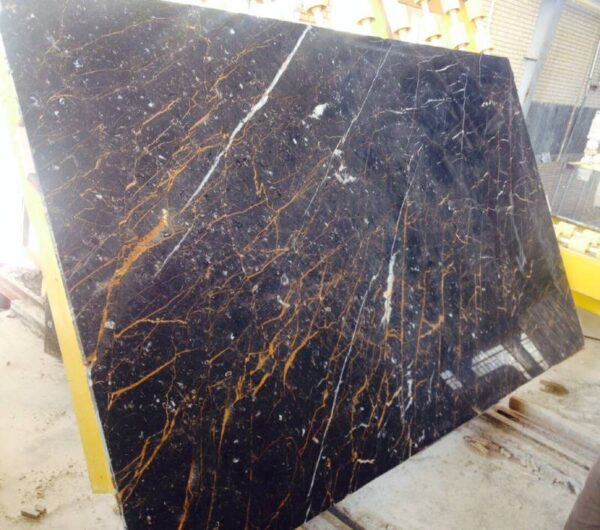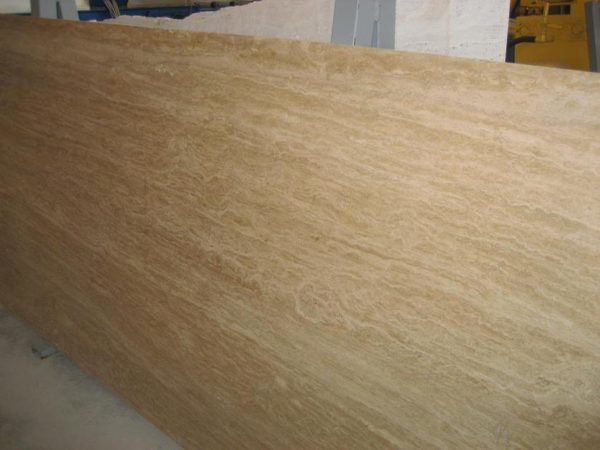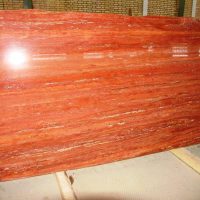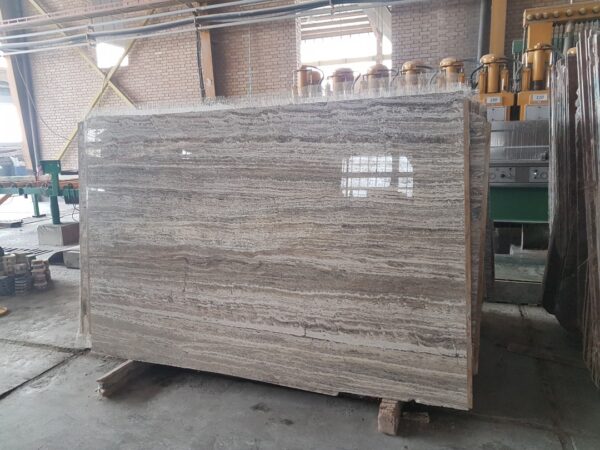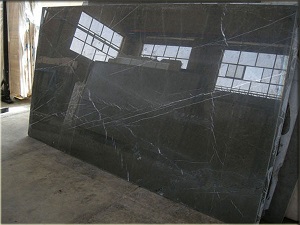Discover the Top 5 Uses of Limestone in Modern Applications
Limestone, a versatile and abundant natural resource, plays a crucial role in various industries today. From construction to agriculture, this sedimentary rock is valued for its adaptability, durability, and chemical properties. In this article, we’ll explore the top five uses of limestone, shedding light on how it impacts our daily lives and the economy.
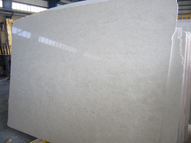


1. Construction Material for Buildings and Infrastructure
Limestone has been a fundamental building block for centuries, and its role in modern construction is just as vital. It’s widely used as a primary material for constructing buildings, bridges, and roads. The durability and weather-resistant qualities of limestone make it ideal for exterior cladding, paving, and as aggregate in concrete. Its aesthetic appeal also adds a timeless elegance to architectural designs, making it a popular choice for both contemporary and classic structures.
The Role of Limestone in Sustainable Construction
Beyond its traditional uses, limestone contributes to sustainable construction practices. Crushed limestone, for example, is used to create permeable surfaces that reduce stormwater runoff, helping to manage urban water issues. Moreover, the production of limestone-based cement emits less carbon dioxide compared to other materials, aligning with green building initiatives.
https://www.rockstone.biz/uses-of-limestone/
2. Soil Amendment and Agricultural Lime
In agriculture, limestone serves as a critical soil amendment known as agricultural lime. It helps to neutralize acidic soils, improving soil health and fertility. By raising the pH levels of the soil, limestone promotes better nutrient absorption by plants, leading to higher crop yields. Farmers rely on limestone to optimize their fields for a variety of crops, from corn to soybeans, ensuring that the soil remains productive year after year.
Enhancing Soil Structure and Fertility with Limestone
Limestone doesn’t just adjust soil pH; it also improves soil structure by promoting the formation of stable aggregates. This enhances soil aeration and water retention, which are essential for root growth and plant health. Additionally, limestone supplies essential calcium and magnesium to the soil, nutrients that are vital for plant development.
3. Raw Material in the Production of Cement
Cement production is one of the most significant uses of limestone. As a primary ingredient in cement, limestone is essential for manufacturing concrete, the most widely used construction material globally. The process involves heating limestone to high temperatures, producing lime, which is then mixed with other materials to create cement. This cement is the backbone of construction projects, from residential homes to massive infrastructure developments.
Limestone’s Contribution to Modern Infrastructure
Limestone-based cement not only provides strength and durability to concrete structures but also plays a role in reducing the environmental impact of construction. Innovations in cement production, such as using alternative fuels and raw materials, are making limestone-based cement a more sustainable choice in the industry.
4. Flue Gas Desulfurization in Power Plants
Limestone plays a crucial role in environmental protection, particularly in flue gas desulfurization (FGD) processes in power plants. When burned, fossil fuels release sulfur dioxide, a harmful pollutant. Limestone is used to scrub these emissions, reducing air pollution and helping power plants meet environmental regulations. The limestone reacts with sulfur dioxide to form gypsum, a by-product that can be used in construction.
Unveiling the Composition of Travertine Stone
Protecting the Environment with Limestone
The use of limestone in FGD systems highlights its importance in reducing industrial emissions and protecting air quality. As environmental standards become stricter, the demand for limestone in pollution control technologies is likely to increase, further emphasizing its value in sustainable industrial practices.
5. Production of Glass and Other Industrial Products
Limestone is a key component in the manufacturing of glass, acting as a source of calcium in the production process. It helps to purify the glass, making it clearer and more durable. Beyond glass, limestone is also used in the production of various industrial products such as paint, rubber, and plastics, where it serves as a filler and coating material.
H3: Versatility of Limestone in Industrial Applications
The versatility of limestone extends beyond construction and agriculture. Its chemical properties make it an indispensable material in many industrial processes, contributing to the production of everyday items that we often take for granted.

